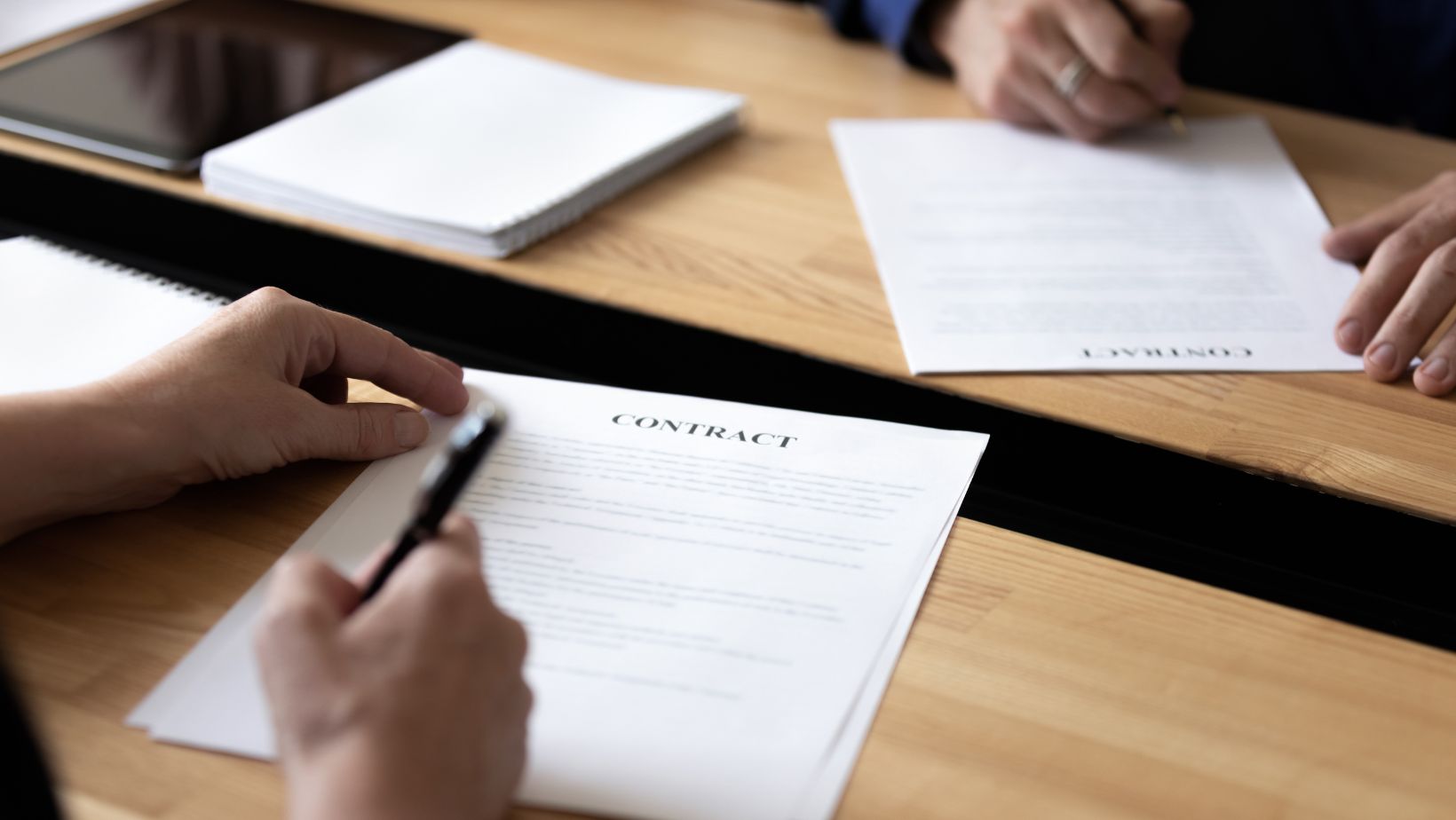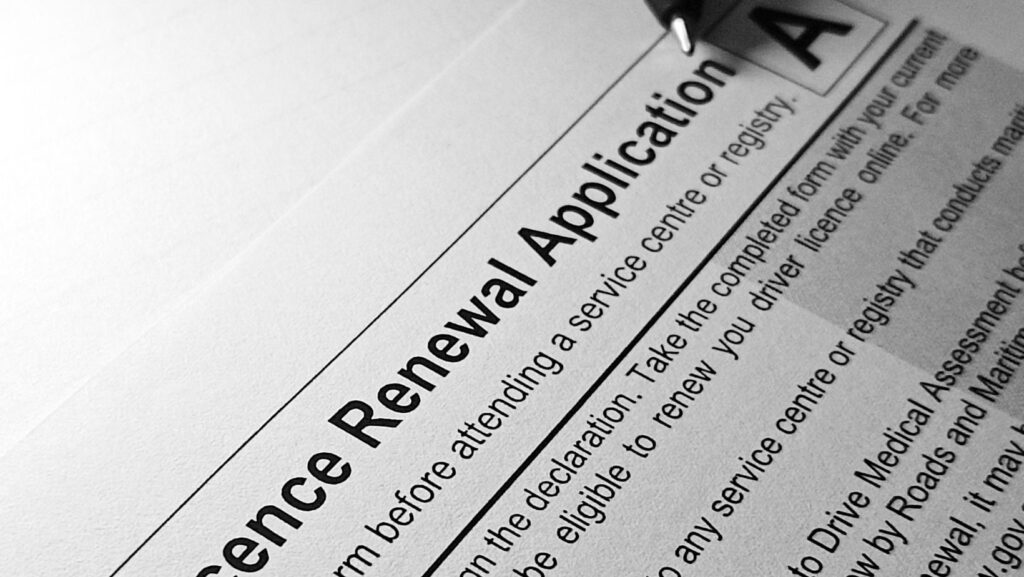Maintaining an active Legal Entity Identifier (LEI) is crucial for uninterrupted trading and regulatory compliance. An expired LEI can cause transaction delays, disrupt financial operations, or result in reporting mistakes. Businesses must ensure timely renewal and follow a straightforward, reliable process that keeps their LEI status current and aligned with global regulatory requirements.
Why Timely LEI Renewal Is Critical
LEI Register renewal services support your Legal Entity Identifier (LEI) annual renewal to maintain validity. Failure to complete the renewal can result in your LEI showing as “Lapsed” in the global database, which may prevent you from trading or completing key regulatory filings.
A timely renewal helps avoid these issues through a streamlined and compliant process.
Financial firms and regulators rely on the LEI to verify your legal status. If it’s expired, counterparties may reject transactions, or you could be blocked from accessing certain platforms. Early renewal ensures your legal entity remains visible and trusted in global financial systems.

If your company information has changed since the last update, failing to correct it can result in verification delays. Also, waiting until the last day increases the chance of lapses and potential market access problems.
Quick Renewal Checklist
Despite the simplicity of the process, businesses still make errors that delay renewals. One can prevent trading disruptions by renewing LEI every year, as it doesn’t get renewed automatically. However, one must renew it each year to keep it active. To ensure a smooth and timely renewal, follow this checklist:
- Verify your LEI status on the GLEIF database
- Update company information if legal or registration details have changed
- Use LEI Register renewal services for fast and accurate submission
- Renew at least two weeks before expiry to allow for review and updates
- Confirm the renewal has been processed and the LEI is active
When to Renew Your LEI
LEIs must be renewed based on their original issue date, not by the calendar year. For example, if your LEI was issued on May 15, it must be renewed by that date annually. Missing this deadline results in your LEI being marked as “Lapsed,” which can disrupt financial operations.

It’s best to begin the renewal process 30 days in advance. This gives you enough time to handle corrections or document checks without affecting your operating ability. Being proactive helps avoid last-minute issues that can lead to compliance penalties or rejected filings.
Fast Turnaround with Reliable Setup
Modern LEI providers simplify the renewal process through digital systems that save time. With verified data pulled from public registries, most applications can be completed quickly and without manual re-entry. For businesses managing multiple LEIs, this efficiency is even more valuable.
Some services also offer multi-year renewal options and automated reminders. These features reduce admin time and help ensure you never miss a deadline. In most cases, renewed LEIs appear active in the global system within 24 hours, keeping your operations uninterrupted.
Benefits of Staying Current with LEI registration
Renewing your LEI on time strengthens your legal credibility and supports frictionless market access. It reassures counterparties and regulators that your entity is compliant and active.
Key benefits include:
- Avoiding delays in trade settlement or onboarding
- Maintaining eligibility for regulatory reporting
- Enhancing transparency in cross-border operations
- Reducing last-minute administrative pressure
A current LEI reflects a responsible and compliant business. Renewing on time helps prevent trading disruptions, reporting issues, and regulatory setbacks. With a clear, proactive process, your entity stays active, visible, and ready for smooth financial operations.


